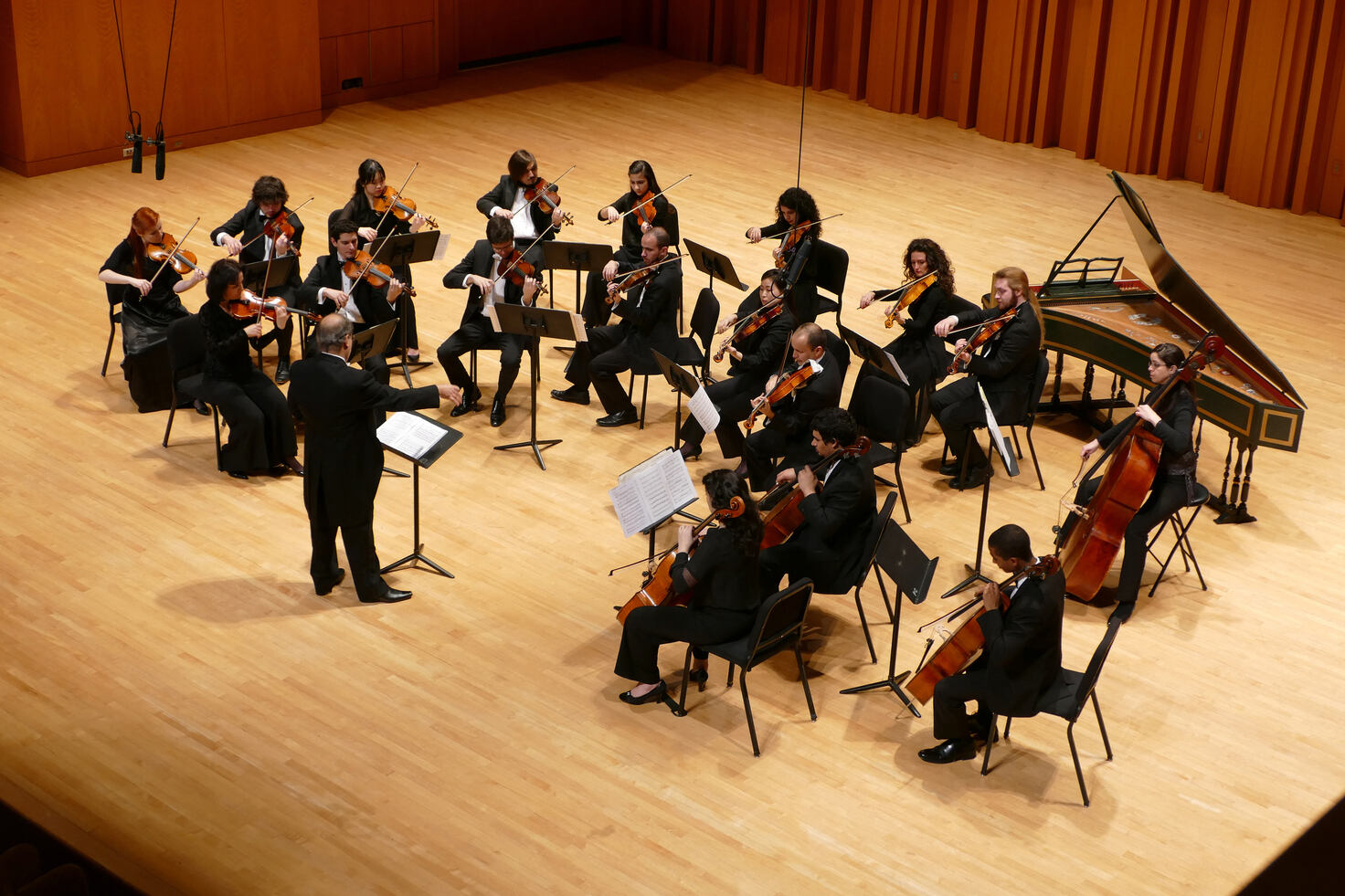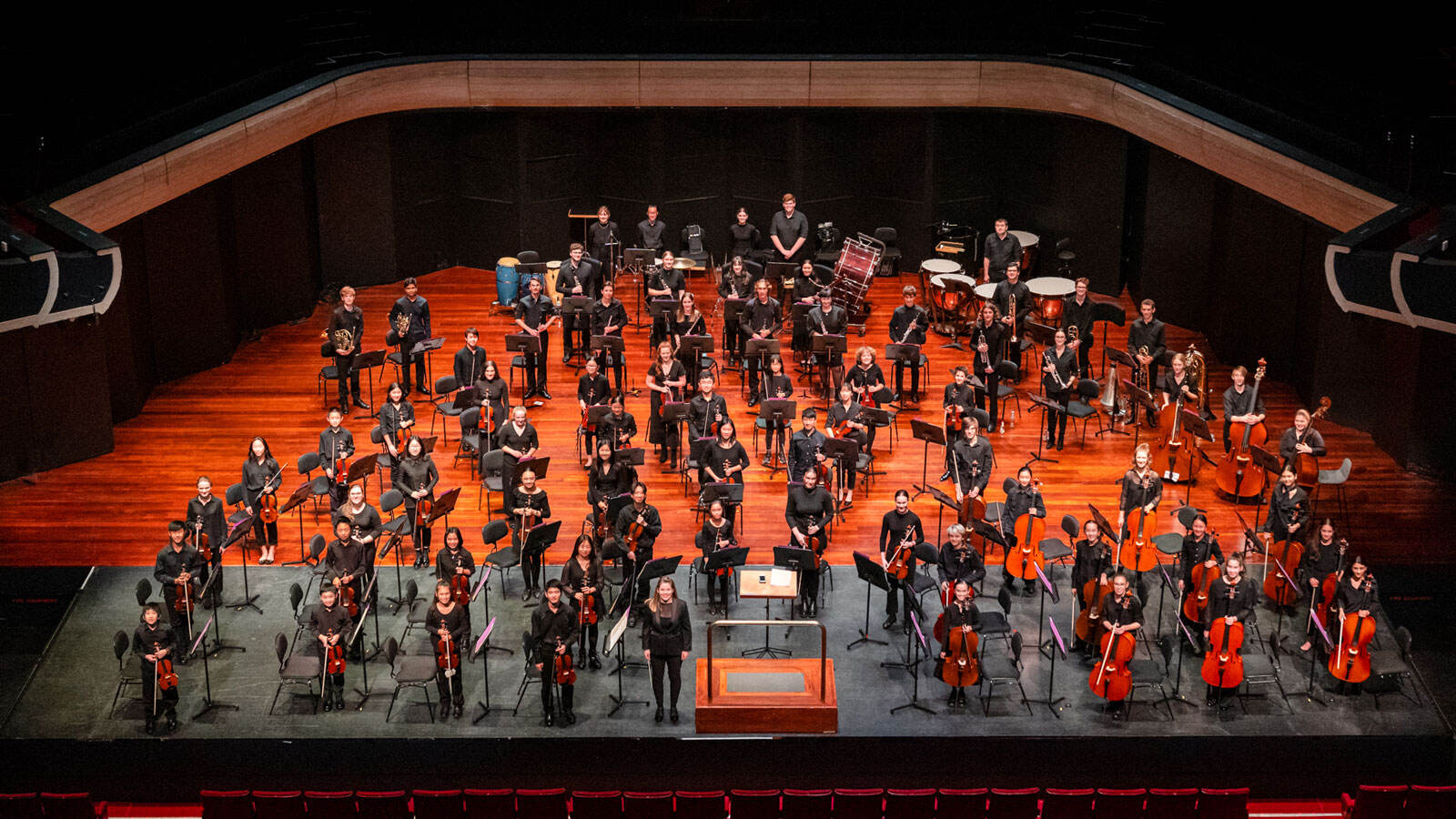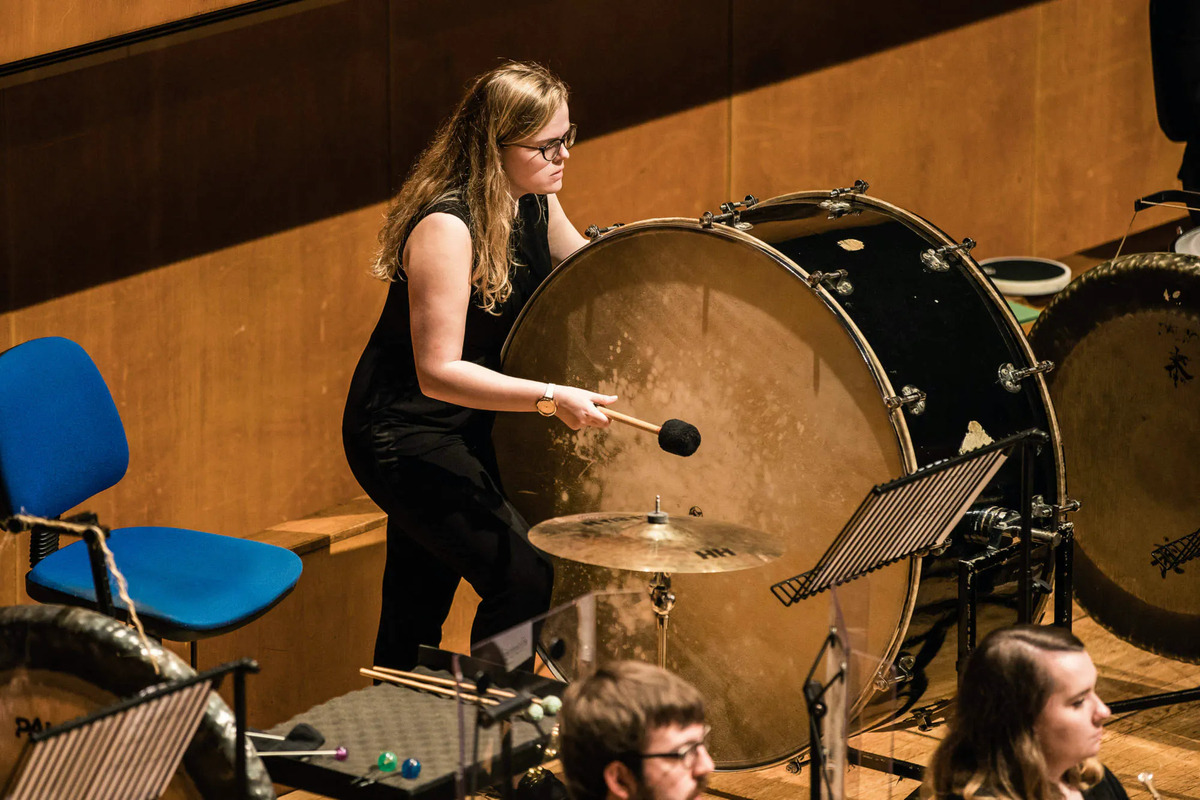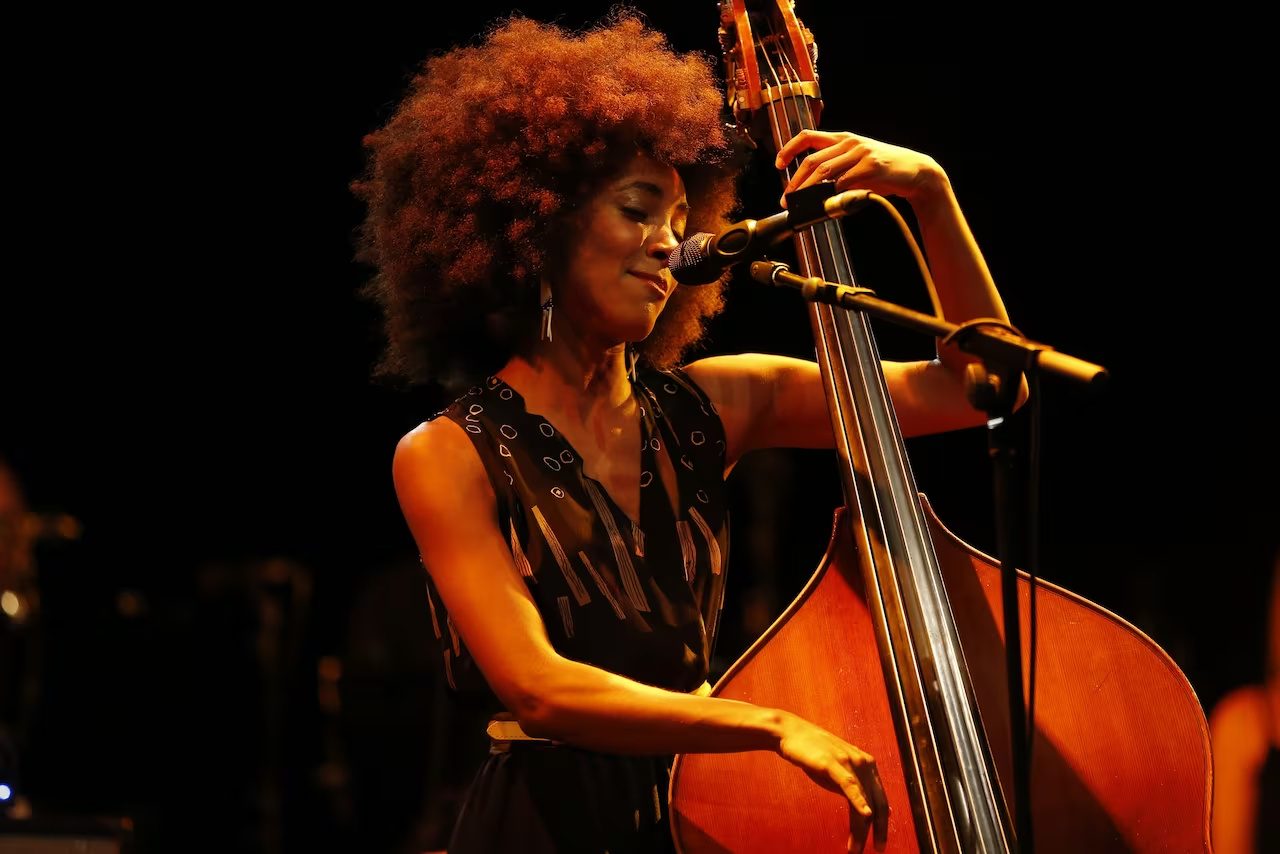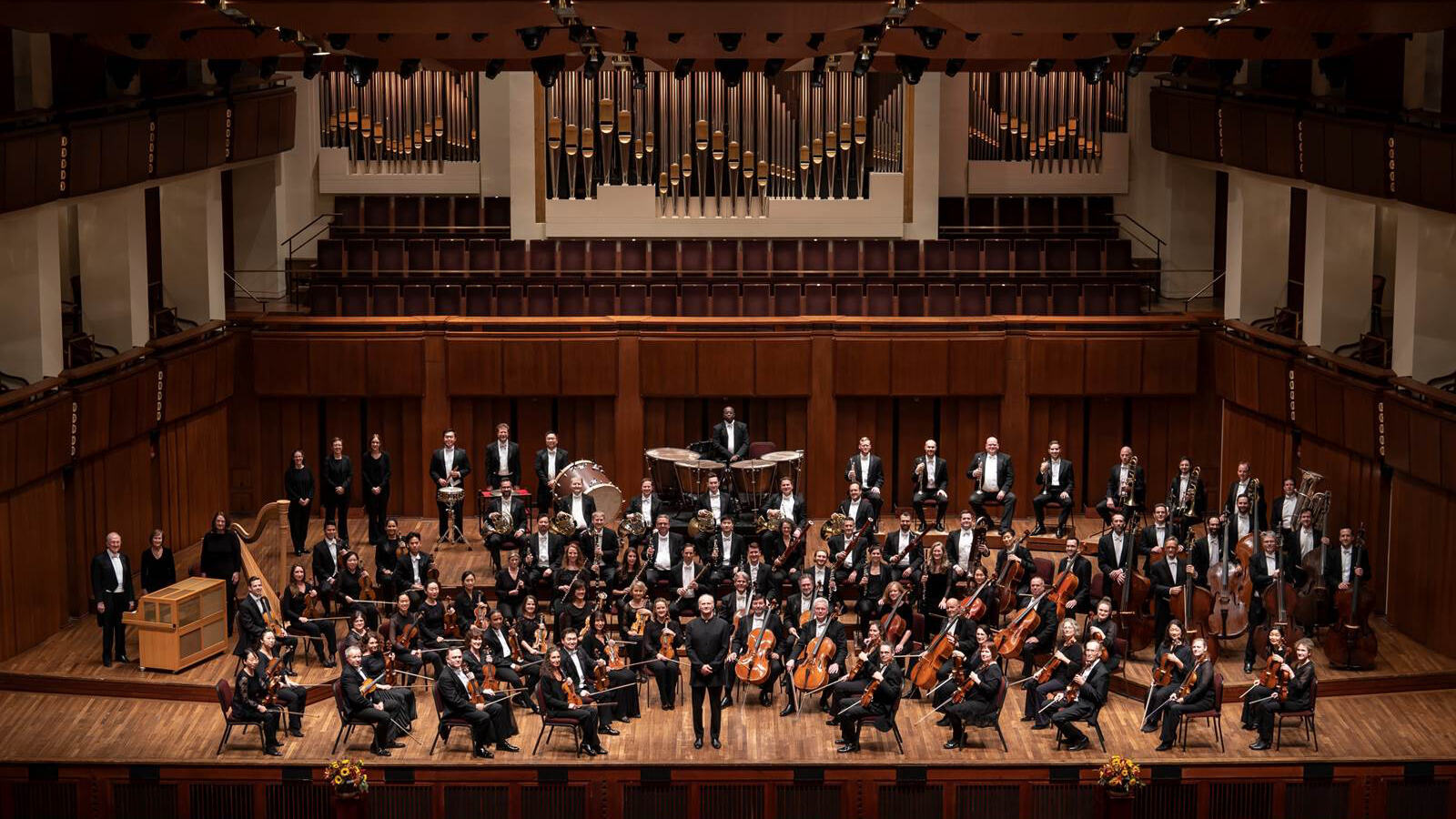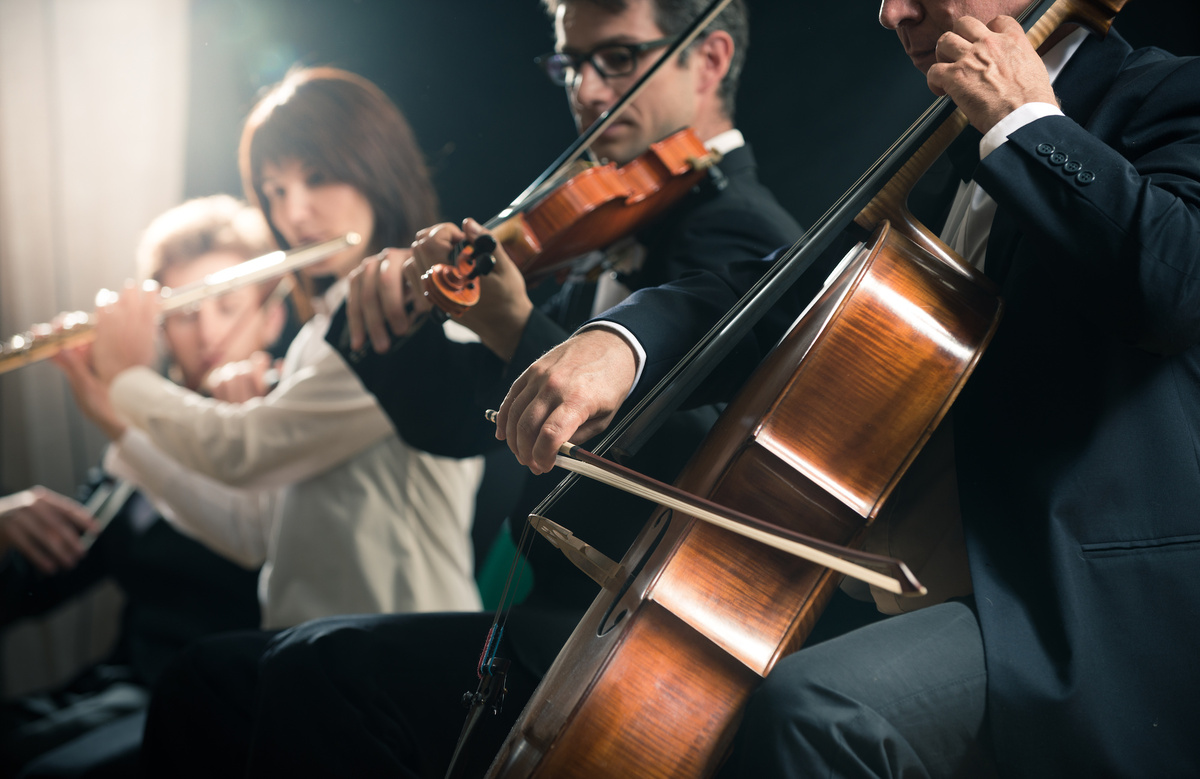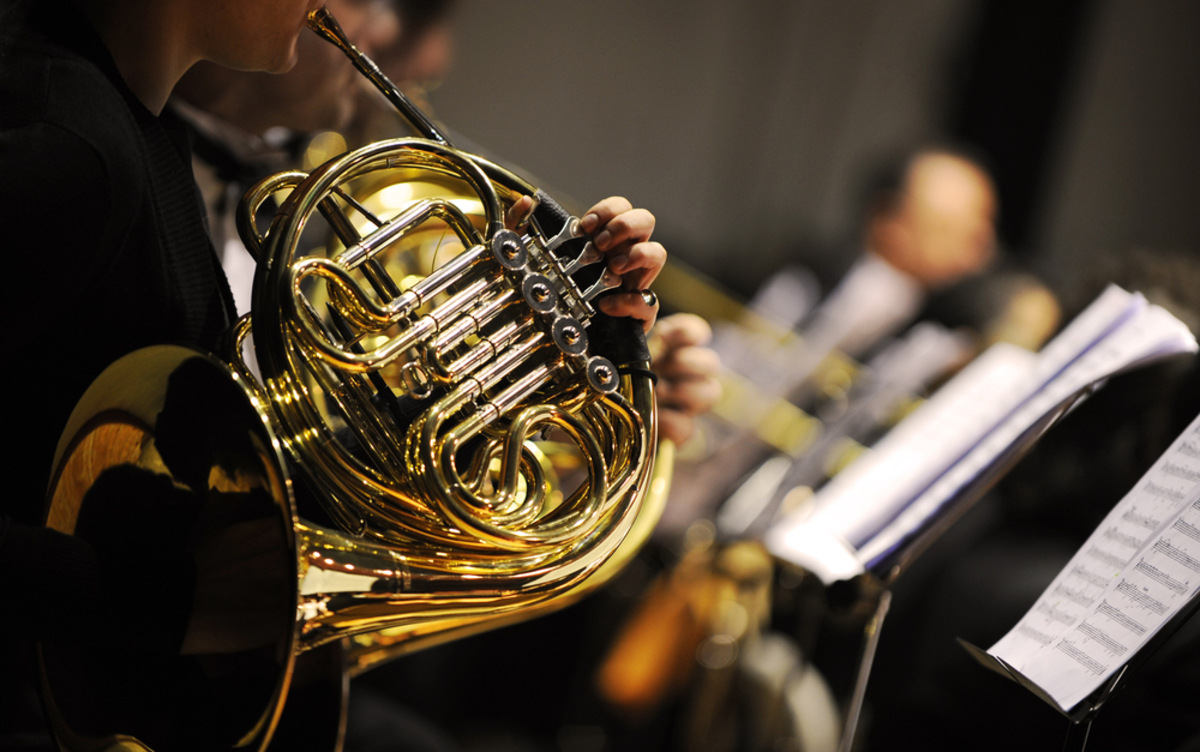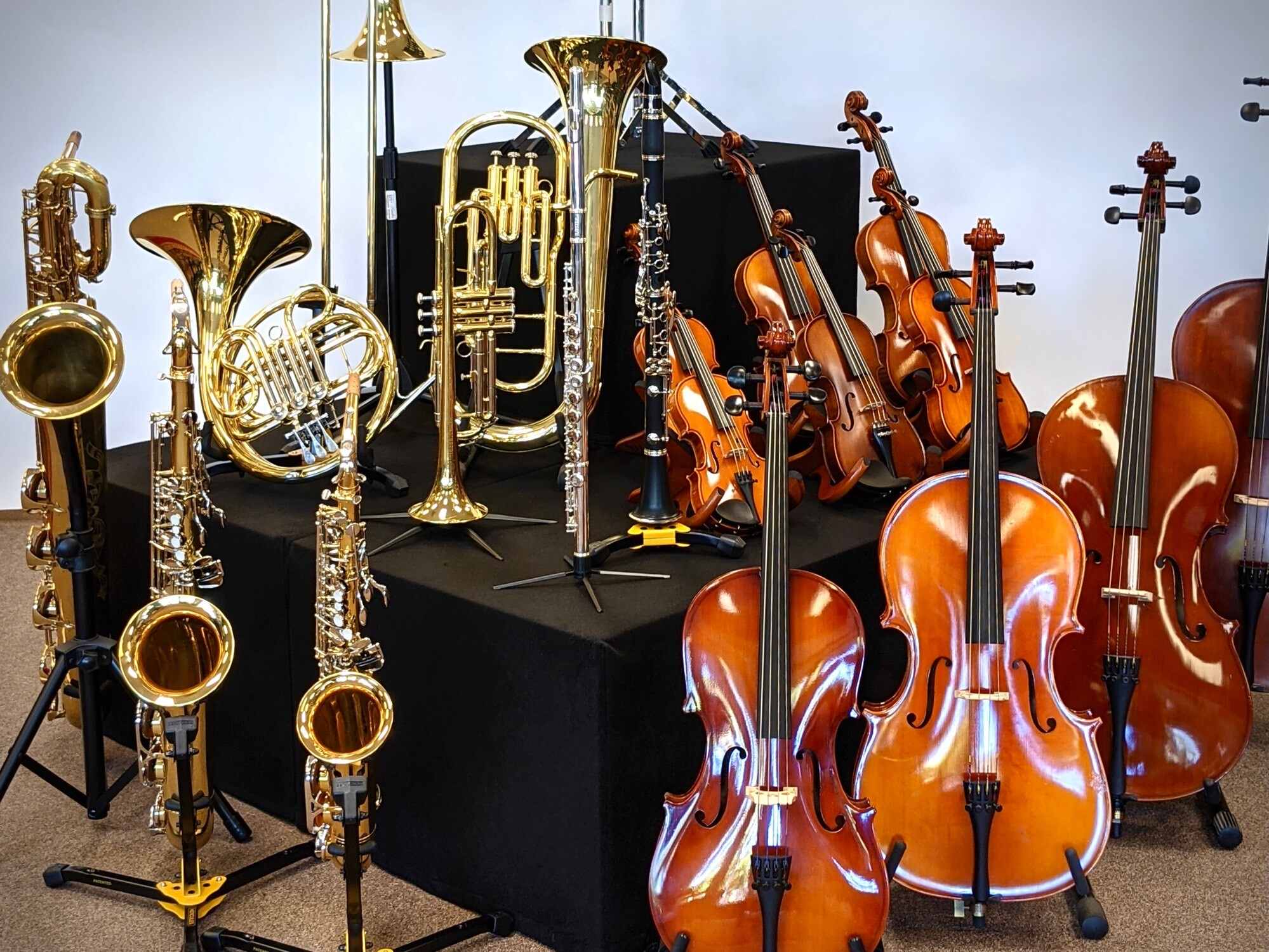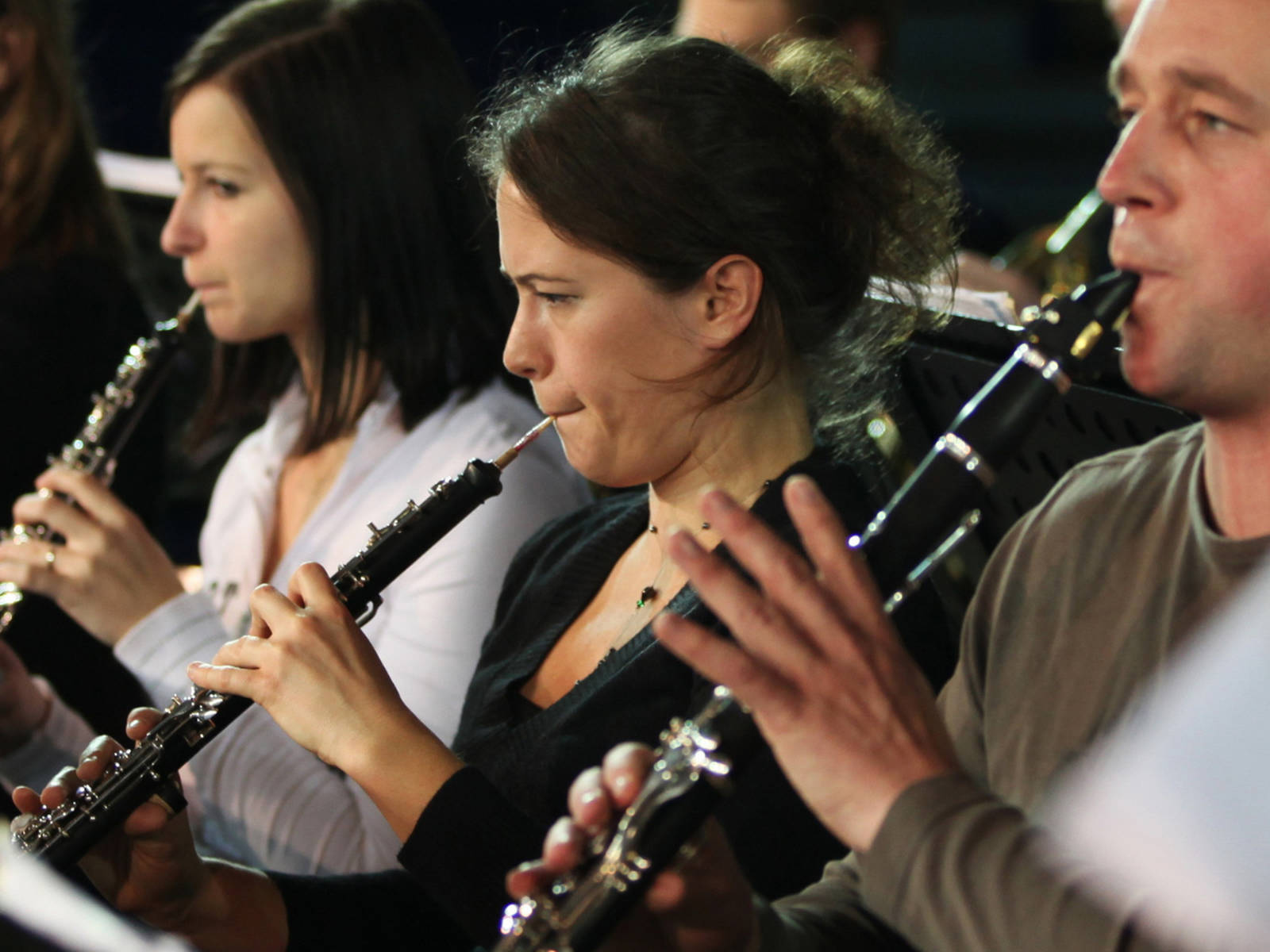Home>Production & Technology>Orchestra>What Is An Orchestra Pit
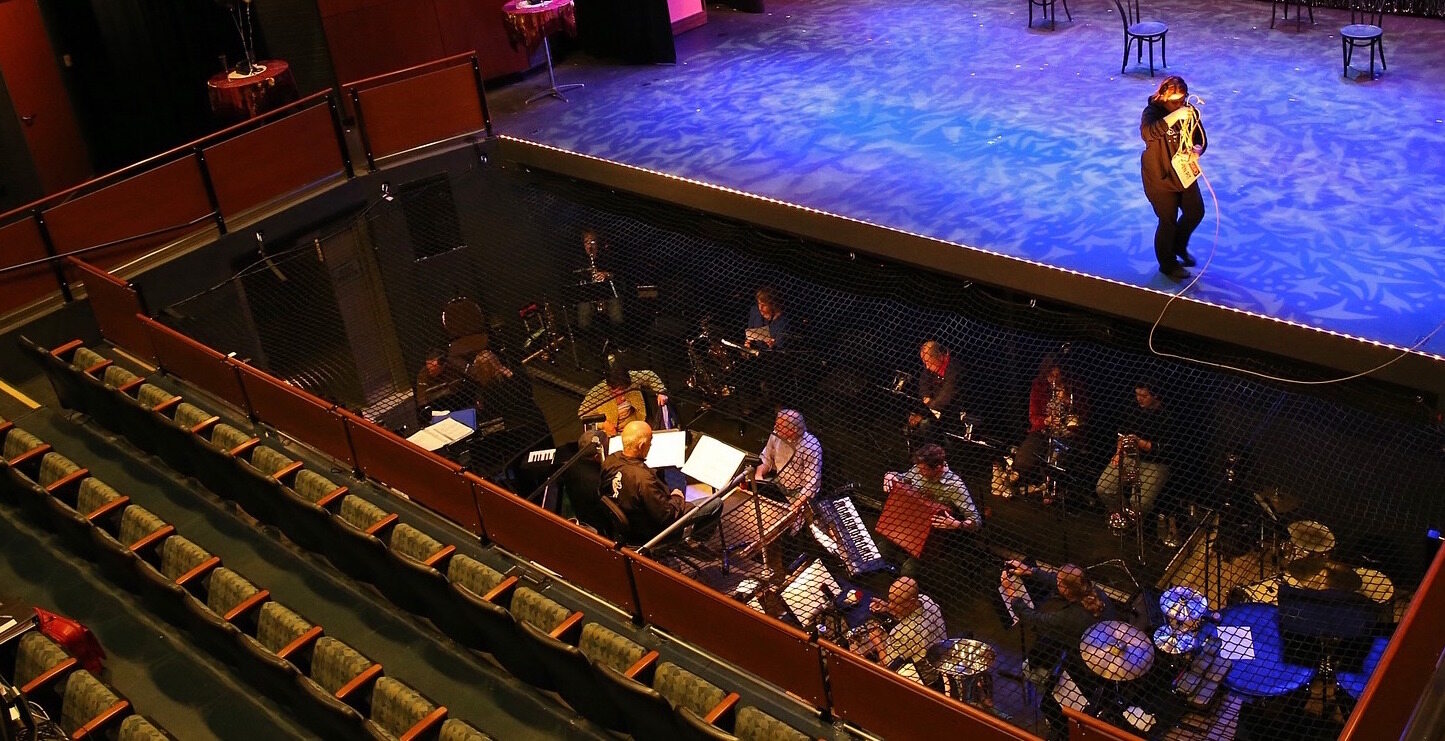

Orchestra
What Is An Orchestra Pit
Published: February 24, 2024
Discover the significance of an orchestra pit and its role in enhancing musical performances. Learn about the orchestra's layout and its impact on the overall experience. Explore the Orchestra Pit's importance in creating a captivating musical atmosphere.
(Many of the links in this article redirect to a specific reviewed product. Your purchase of these products through affiliate links helps to generate commission for AudioLover.com, at no extra cost. Learn more)
Table of Contents
Introduction
The orchestra pit is a vital yet often overlooked element of live performances, serving as the hidden engine that drives the emotional impact of music in various artistic productions. This subterranean space, nestled just below the stage, is a dynamic hub where musicians unite to breathe life into compositions, creating a harmonious fusion of sound and storytelling. As the audience immerses themselves in the unfolding drama above, the orchestra pit remains concealed from view, its significance silently underscored by the symphonic tapestry that enriches the performance.
This article will delve into the multifaceted realm of orchestra pits, unraveling their purpose, components, historical significance, and diverse applications across different artistic spectacles. By shedding light on this enigmatic space, we aim to unveil the pivotal role it plays in elevating the auditory and emotional experience of live performances, from grand operas to Broadway shows and beyond. Let's embark on a captivating journey to uncover the hidden gem that is the orchestra pit, and explore its profound impact on the world of performing arts.
Definition of an Orchestra Pit
An orchestra pit can be defined as a sunken, often rectangular, space located just below the stage in a theater or performance venue. This purposefully designed area serves as the designated platform for a live orchestra during musical and theatrical presentations. It is ingeniously positioned to be at eye level with the stage floor, allowing seamless coordination between the musicians and the performers while remaining inconspicuous to the audience.
The orchestra pit is meticulously engineered to optimize acoustics, ensuring that the symphonic resonance emanating from the musicians' instruments envelops the entire performance space with unparalleled clarity and depth. This strategic placement allows the music to effortlessly interweave with the actors' dialogue and stage movements, resulting in a cohesive and immersive sensory experience for the audience.
Furthermore, the orchestra pit is equipped with a retractable cover, known as the pit cover or pit filler, which can be raised to stage level when the space is not in use for musical accompaniment. This ingenious mechanism seamlessly transforms the pit into an extension of the stage, expanding the performance area for scenes that do not require orchestral support.
In essence, the orchestra pit can be envisioned as a versatile and dynamic enclave that harmonizes the auditory and visual elements of a live production. Its ability to seamlessly alternate between a hidden musical oasis and an integrated stage extension underscores its pivotal role in the seamless execution of diverse artistic performances.
Purpose of an Orchestra Pit
The orchestra pit embodies a multifaceted purpose that transcends its seemingly inconspicuous presence beneath the stage. At its core, this ingeniously crafted space serves as the pulsating heart of live performances, orchestrating a symphonic union between music and dramatic storytelling. Its strategic positioning below the stage is not merely a spatial arrangement; rather, it is a calculated endeavor to seamlessly integrate the auditory and visual elements of a production, captivating the audience with a sensory tapestry that transcends the realms of sight and sound.
One of the primary functions of the orchestra pit is to provide a harmonious accompaniment to the on-stage action, enriching the narrative with evocative musical renditions. This symbiotic relationship between the live orchestra and the performers is meticulously choreographed to evoke a spectrum of emotions, from heart-wrenching melancholy to euphoric jubilation. The musicians, nestled within the pit's embrace, synchronize their artistry with the unfolding drama, infusing each moment with a melodic resonance that resonates with the audience's collective consciousness.
Furthermore, the orchestra pit acts as a conduit for sonic refinement, channeling the intricate nuances of live music to every corner of the performance space. Its acoustically optimized design ensures that the reverberations from the instruments permeate the theater with crystalline clarity, enveloping the audience in a cocoon of symphonic grandeur. This sonic immersion transcends mere auditory stimulation, becoming an integral component of the audience's emotional journey, amplifying the impact of pivotal scenes and imbuing the performance with an immersive depth that transcends the confines of the stage.
In addition to its musical prowess, the orchestra pit seamlessly transforms into an extension of the stage when not in use for musical accompaniment. Its retractable cover, the pit filler, ascends to stage level, expanding the performance area for scenes that demand a seamless transition between the stage and the orchestra pit. This duality underscores the pit's versatility, seamlessly integrating it into the fabric of the performance, whether as a hidden symphonic sanctuary or an organic extension of the dramatic narrative.
In essence, the purpose of the orchestra pit transcends the confines of its physical dimensions, embodying an immersive amalgamation of musical artistry and theatrical storytelling. Its unassuming presence belies its profound impact, weaving a seamless symphony of emotions that elevates live performances to transcendent heights, captivating audiences with an unforgettable sensory experience.
Components of an Orchestra Pit
The orchestra pit, despite its concealed nature, comprises a meticulously crafted ensemble of components that collectively orchestrate a seamless fusion of music and drama. These constituent elements are ingeniously designed to optimize the acoustics, functionality, and versatility of the pit, ensuring that it seamlessly integrates with the live performance while maintaining its intrinsic musical essence.
-
Platform: At the core of the orchestra pit lies a spacious platform, meticulously engineered to accommodate a diverse ensemble of musicians and their instruments. This expansive stage, strategically positioned just below the main stage, provides a cohesive space for the orchestra to unite in harmonious symphony, synchronizing their artistry with the on-stage narrative. The platform's design prioritizes ergonomic comfort and spatial efficiency, enabling the musicians to seamlessly transition between their instruments and collectively breathe life into the musical score.
-
Pit Cover (Pit Filler): The orchestra pit is ingeniously equipped with a retractable cover, known as the pit cover or pit filler, which serves as a transformative mechanism that seamlessly integrates the pit with the main stage. When the orchestra is not actively accompanying the performance, the pit cover ascends to stage level, effectively extending the performance area and concealing the orchestra pit from view. This duality of functionality underscores the pit's adaptability, enabling it to seamlessly transition between a hidden musical enclave and an integrated extension of the stage.
-
Acoustic Enhancements: Acoustics form the backbone of the orchestra pit's design, with strategic sound-enhancing features meticulously integrated into its construction. These include sound-reflective surfaces, strategically positioned microphones, and advanced sound engineering systems that optimize the transmission of live music throughout the performance space. The pit's acoustically refined environment ensures that the symphonic resonance emanating from the musicians' instruments permeates the theater with unparalleled clarity and depth, enveloping the audience in a cocoon of sonic grandeur.
-
Accessibility and Safety Features: The orchestra pit is equipped with meticulously engineered access points and safety features to ensure the well-being of the musicians and stage crew. This includes secure staircases, strategically positioned emergency exits, and comprehensive safety protocols that prioritize the seamless ingress and egress of musicians while mitigating potential hazards associated with the pit's subterranean positioning.
In essence, the orchestra pit's components coalesce to form a symphonic ensemble of functionality, acoustics, and safety, seamlessly integrating with the live performance while preserving the pit's intrinsic musical essence. Each component harmonizes with the others, collectively orchestrating a dynamic space that transcends its physical dimensions, becoming an integral conduit for the seamless fusion of music and theatrical storytelling.
History of Orchestra Pits
The history of orchestra pits is a captivating journey that intertwines with the evolution of performing arts and the quest for immersive sensory experiences. The origins of orchestra pits can be traced back to the grandeur of ancient Greek amphitheaters, where live musical accompaniment played a pivotal role in enhancing dramatic performances. In these open-air theaters, musicians were strategically positioned in the lower seating area, creating an auditory backdrop that enriched the theatrical narratives unfolding on stage.
As the theatrical landscape evolved, the Renaissance era witnessed the emergence of enclosed indoor theaters, marking a transformative phase in the evolution of orchestra pits. The desire to optimize acoustics and seamlessly integrate live music with dramatic productions led to the inception of sunken spaces below the stage, where musicians congregated to breathe life into compositions. This architectural innovation heralded the birth of the modern orchestra pit, laying the foundation for its pivotal role in live performances.
The 19th and 20th centuries witnessed a zenith in the prominence of orchestra pits, particularly in the realm of opera and ballet. The grand opera houses of Europe and the majestic theaters of the United States became iconic bastions of orchestral artistry, with meticulously designed pits serving as the sanctuaries where symphonic ensembles united to infuse performances with evocative musical renditions. This era witnessed a convergence of artistic vision and technical innovation, with orchestra pits evolving to accommodate larger ensembles and embracing cutting-edge acoustical enhancements to elevate the sonic resonance of live music.
The evolution of orchestra pits mirrors the relentless pursuit of sensory refinement in live performances, with each architectural iteration and technological advancement amplifying the immersive impact of music on the theatrical stage. Today, orchestra pits continue to thrive as dynamic conduits for musical artistry, seamlessly integrating with a diverse array of performances, from classical operas to contemporary Broadway productions.
In essence, the history of orchestra pits is a testament to the enduring synergy between music and drama, perpetually striving to enrapture audiences with a sensory tapestry that transcends the boundaries of time and space. This storied evolution underscores the orchestra pit's timeless significance as a cornerstone of live performances, perpetuating the seamless fusion of music and theatrical storytelling for generations to come.
Use of an Orchestra Pit in Different Performances
The orchestra pit serves as a versatile canvas upon which a diverse spectrum of artistic performances unfurls, transcending the confines of traditional operas and seamlessly integrating with a myriad of theatrical productions. Its adaptability and intrinsic musical essence render it indispensable in shaping the auditory and emotional landscapes of various performances, from grand operas to contemporary Broadway spectacles.
In the realm of opera, the orchestra pit stands as an emblem of symphonic grandeur, harmonizing with the vocal prowess of opera singers to orchestrate evocative renditions that breathe life into timeless narratives. The pit's strategic positioning beneath the stage allows for seamless coordination between the orchestra and the vocalists, creating a sonic tapestry that amplifies the emotional depth of each operatic aria and ensemble. Whether it's the soaring crescendos of Puccini's "Tosca" or the poignant refrains of Verdi's "La Traviata," the orchestra pit becomes an ethereal sanctuary where musical and dramatic prowess converge, captivating audiences with a transcendent operatic experience.
In the realm of ballet, the orchestra pit assumes a pivotal role in accentuating the grace and dynamism of dance performances. Its acoustically refined environment envelops the ballet stage with a symphonic embrace, synchronizing the ethereal movements of dancers with the melodic resonance of live music. From Tchaikovsky's timeless compositions in "Swan Lake" to Prokofiev's enchanting scores in "Romeo and Juliet," the orchestra pit becomes an intrinsic partner in the rhythmic choreography of ballet, infusing each pirouette and grand jeté with an evocative musical backdrop that elevates the visual splendor of the performance.
In the realm of Broadway and musical theater, the orchestra pit seamlessly integrates with the eclectic tapestry of genres and narratives, becoming an unseen maestro that orchestrates the pulsating rhythms and emotive melodies of musical productions. Whether it's the electrifying overtures of "Les Misérables" or the jubilant refrains of "The Lion King," the orchestra pit becomes a hidden oasis where live musicians breathe vitality into the theatrical tapestry, underscoring the emotional crescendos and poignant ballads with a symphonic resonance that resonates with the collective consciousness of the audience.
In essence, the orchestra pit transcends the boundaries of genre and narrative, becoming an indispensable cornerstone of diverse performances. Its seamless integration with operas, ballets, and musical theater productions underscores its timeless significance as a dynamic conduit for musical artistry, perpetuating the seamless fusion of music and theatrical storytelling across the expanse of performing arts.


